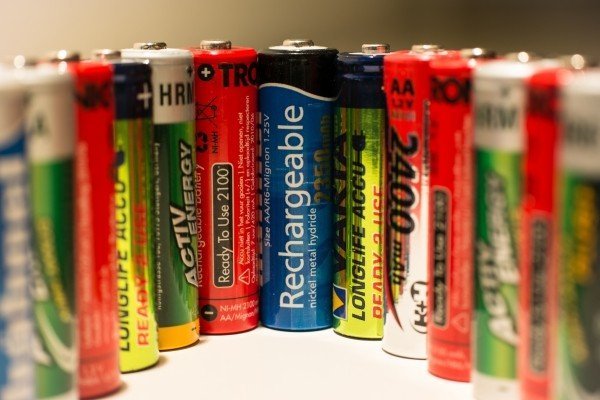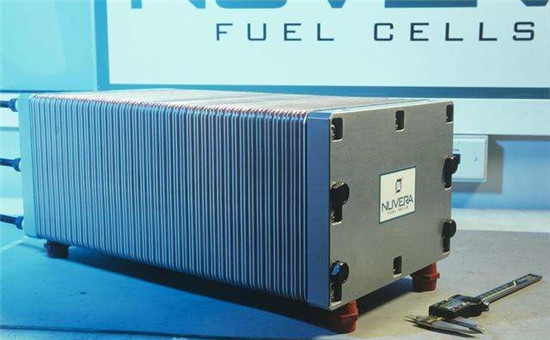High Temperature Lithium Battery-Effect and Protection
Feb 17, 2020 Pageview:1736
Lithium ion batteries have been known to be greatly affected by temperature. Temperature has a noticeable impact on safety, performance and life cycle of these types of batteries. Same as humans, batteries also functions efficiently and better at room temperature. Electrochemical reactions get improved in warm and so as we can have an additional runtime by warming a dying battery and setting it in a mobile phone. Due to the same reason manufactures usually recommend to keep these batteries at 27 degree centigrade. We can improve the performance of batteries by operating them at elevated temperature but delayed exposure can result in shorten their life span. So it is important to operate them in well controlled temperature.
Chances of danger are also there when they are operated at high and extreme temperatures as there could be a thermal runway reaction which can result in explosion or a fire. Operating lithium ion batteries at different temperatures can also affect them and drop in performance could observe over time. Hence understanding of degradation of lithium ion batteries and their components is important and will be useful to achieve their maximum efficiency.
Are Lithium Batteries Affected by Heat?
Lithium ion batteries are facing some barriers that limit their uses and applications in many fields. These batteries are highly affected by heat. According to the studies, from 20 degree to 60 degree centigrade is the optimum temperature which is acceptable for lithium ion batteries performance and good life cycle. Once the temperature goes out of these comfortable ranges, there will be an observable decrease in the performance of lithium ion batteries. Whether the temperature goes below this range or higher, it will affect lithium ion batteries and result in degradation of their performance and produce damages. Therefore it is very important to understand the effects of temperature on their performance.
High temperature effects of these batteries occur not only in high temperature environments but also in low temperature environments. While discussing low temperature effects, they are usually due to environmental temperature but high temperature effects occur usually due to lithium ion batteries internal temperature. Internal temperature of these batteries increases due to high heat generation such as high heat discharge and high heat charge.
Lithium ion batteries shows good performance when they are charged at lower temperatures. Charging these batteries at high temperature will result in their degradation and if charged at more than 45 degree centigrade then it would badly effects the performance of the battery. Use of lithium ion batteries in high and elevated temperatures affects them a lot. These types of batteries show an optimum performance and working life span when operated at 20 degree centigrade or slightly lower. It have been studied that the life cycle of batteries reduced to 20 percent when they are operated at 30 degree centigrade. This loss drops even more at 40 degree centigrade. Their cycle life remains half when they are used at 45 degree centigrade.
How Hot Can Lithium Batteries Get?
The structure of lithium ion batteries has a type of certain circuitry inside them to prevent and to keep them safe from short circuit and from over charging. But there are some chances that this circuitry could get damaged due to any reason then this result in over heating of battery and in a process which is known as “thermal runaway”. What thermal runaway is? Thermal runaway is basically a chemical process in which batteries generate heat due to which additional reaction occurs and more heat is generated and process carry on until everything burns into flame. Thermal runaway can also happens due to some manufacturing defects. It depends on the type of battery that how much heat is required by them to move into thermal runaway. According to a study, a battery can move into thermal runaway if it is heated anywhere in between 140 degree Fahrenheit and 350 degree Fahrenheit. This usually occurs when batteries experience any failure due to any reason. The temperature of lithium ion batteries can also go more than 350 degree Fahrenheit. There is an extremely hot limit where lithium ion batteries not only but fire also that is at 1000 degree Fahrenheit. At this temperature, lithium ion batteries can explode and throw out little chunks of extremely hot burning metal all over the room.
But still they are very less likely to burn and explode. There is a possibility of burning of these batteries because manufacturers are trying to push more and much more power into them and due to this reason, chances of failure increases.
How Do You Protect lithium battery From High Temperature?
As definition, lithium ion batteries are actually small or large storage systems of chemical energy and they release these stored charges by the help of a chemical reaction. We can observe a thermal runaway after achieving a specified temperature which means that it has started heating up by its own processes and it will carry on until it reaches the point of destruction. This is due to the reason that lithium ion batteries have some flammable components into its composition.
Proper management of temperature while operating lithium ion batteries is very important and necessary for their better performance and safe operation. To avoid these dangerous accidents while using lithium ion batteries it is recommend to directly buy these batteries form the certified manufacturers. It is important not to place these batteries or devices having these batteries at those places which may become hot such as not keep them near any cooking area, iron and also on the front dashboard of the car especially when car is under the sun. It is also very important to know that when we operate the batteries at some high charge or discharge rate, this could result in elevated temperature of batteries and the capacity of battery would reduce. Now high-temperature insulation have been developed which adds in increased safety of these batteries. Tmax-battery housing helps in protection of environment in case of thermal runaway and also protects battery.
Leave Message
Hottest Categories
-
Hottest Industry News
-
Latest Industry News












